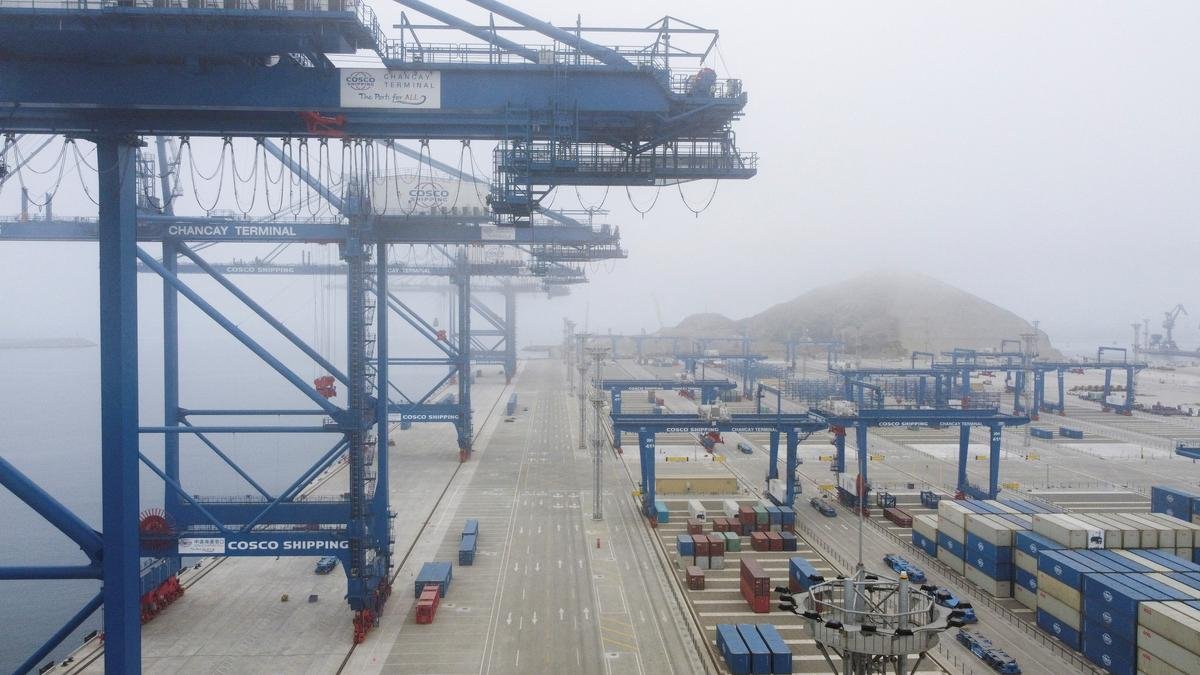Peru, a South American copper giant, sees the incoming Trump administration already losing a trade battle with China, signaling a power shift in the resource-rich region.
Outgoing U.S. President Joe Biden is also on the guest list.
Peru reflects a wider challenge for the White House around South America, where China’s presence has grown rapidly given its huge appetite for the region’s main exports: corn, copper, soy, beef, and battery-metal lithium.
That has made Beijing the go-to trade partner from Brazil to Chile and Argentina, eroding Washington’s regional political clout, a trend that widened under Mr. Trump’s ‘America First’ inward turn during his first administration and again under Mr. Biden.
“The strategic value is that this is the U.S.’s backyard,” said Li Xing, professor at the Guangdong Institute for International Strategies, adding it counters U.S. presence around the Indo-Pacific and offsets trade war risks.
“China cannot start by building military bases there because it is too sensitive and will make China’s conflict with the United States too pronounced… So it has made inroads with economic ties first.”
Dramatic shift
Peru shows a dramatic shift, with China’s trade lead over the U.S. widening to $16.3 billion last year, up from Washington’s dominance a decade ago.
That has come hand-in-hand with investment from energy to mining.
China overtook the United States in 2015 on trade with Peru, widening the gap under Mr. Trump’s previous administration from 2017-2021, and again under Mr. Biden.
“China has aggressively entered the region, is learning fast, and is here for the long term,” said Eric Farnsworth.
“Unless the United States meaningfully prioritises regional economic policy in a new and more effective way, the region will continue to tilt toward Chinese interests.”
The U.S. embassy in Lima did not respond to a request for comment.
A beacon of the change is a new megaport 80 kilometres north of Lima in Chancay.
The Chinese-controlled port, set to be inaugurated by Mr. Xi when he is in Peru, has sparked concern from the United States over regional security, but more importantly will turbocharge the region’s trade highway to China.
He added that it would compete with Mexico’s Port of Manzanillo and eventually Long Beach in California. “Our aim is to become the Singapore of Latin America.”










